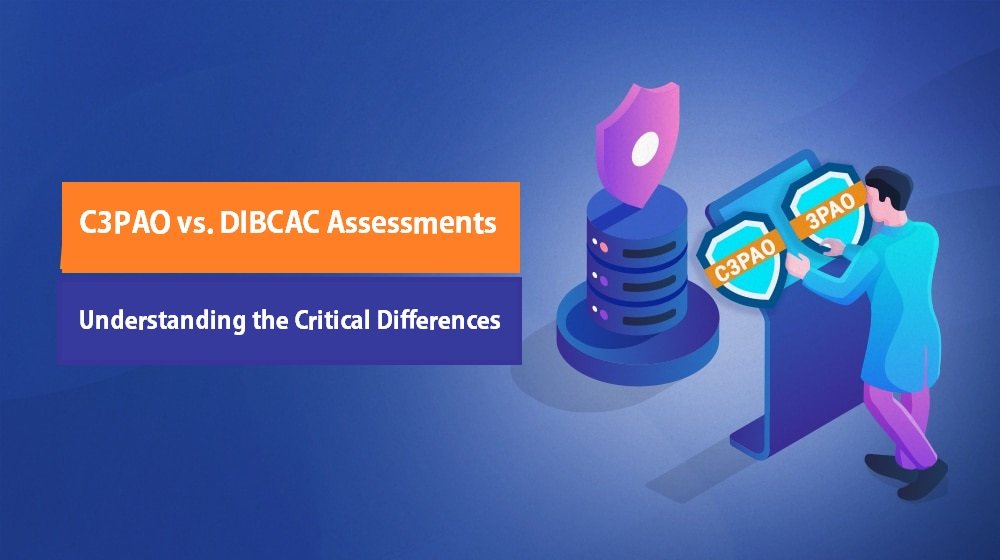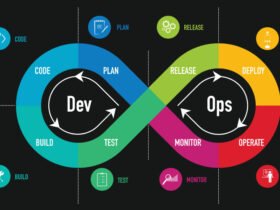For defense contractors prepping for a CMMC assessment, figuring out who evaluates what can feel like sorting out two sides of the same coin. C3PAOs and DIBCAC both play major roles in cybersecurity audits, but they don’t wear the same uniform. Knowing the split between these two assessments can save companies time, stress, and costly mistakes.
Scope Variances Between Commercial and Government-Led Evaluations
C3PAO assessments focus on contractors working toward CMMC level 1 requirements or CMMC level 2 requirements through a structured, commercial process. These assessments are designed to confirm whether an organization meets the CMMC compliance requirements laid out by the Department of Defense, but without direct government involvement. C3PAOs are authorized by the Cyber AB and act as the go-between for contractors aiming to work on DoD contracts.
DIBCAC assessments, on the other hand, are conducted by the Department of Defense itself. DIBCAC steps in when a company is selected for a government-led audit or part of an internal DoD review. These evaluations go deeper and tend to focus on high-risk or strategically important contractors. Understanding who’s assessing you—and why—changes how you prepare for a CMMC assessment entirely.
Assessment Authority—External Validations vs. Official DoD Oversight
C3PAOs are independent, accredited firms. Their role is to verify compliance for organizations aiming to meet CMMC level 2 requirements, offering an external validation process. These professionals work from the outside, asking tough questions and checking cybersecurity controls, but without the authority to enforce beyond the scope of CMMC certification.
DIBCAC, meanwhile, operates with full DoD oversight. Their word carries weight, and the stakes are often higher. A DIBCAC audit might follow a failed C3PAO evaluation or be part of a spot check from the government. Contractors facing DIBCAC should expect a more intense inspection, led by individuals who can report findings directly to federal oversight boards.
Documentation Depth Required by C3PAO and DIBCAC Standards
C3PAO assessors expect clear, organized documentation that maps directly to each CMMC practice. From system security plans to user access records, the information should show that the company isn’t just checking boxes but following secure procedures daily. Documentation gaps can delay or block certification during a CMMC assessment.
DIBCAC, though, goes layers deeper. Their teams often ask for supporting evidence that shows how policies are being followed—not just written. They may interview multiple employees or test control implementations. For contractors used to passing commercial audits, DIBCAC’s hunger for detail can be an eye-opener.
Security Posture Insights—Independent Assessors vs. Defense Auditors
C3PAO teams generally provide feedback in a consultative tone. They’re hired to assess, not penalize, and their insights can help shape stronger cybersecurity habits. Many contractors find that going through a CMMC level 1 or level 2 process with a C3PAO helps clarify where the real gaps are.
In contrast, DIBCAC assessors work with a more investigative mindset. They look for misalignments between policies and practice, and their insights often reflect years of experience inside DoD operations. The tone is less collaborative and more verification-focused. Their findings may lead to direct consequences for contract eligibility.
Compliance Timeline Considerations for Contractors Facing Assessments
A company working with a C3PAO usually has more flexibility in scheduling its CMMC assessment. Contractors can choose their assessment window, gather documentation, and prepare staff. This allows for better internal readiness, especially for organizations new to federal contracting requirements.
By comparison, DIBCAC timelines can be less forgiving. If selected, a company must respond quickly and meet tight deadlines. There’s often limited time to gather missing paperwork or fix issues before the official audit begins. For companies trying to juggle active contracts, this compressed timeline can be a real pressure point.
Reporting Mechanisms and Their Impact on Contract Eligibility
C3PAOs report their assessment results to the Cyber AB, which then verifies and stores certifications in the CMMC-AB marketplace. A passing result opens the door for contract eligibility, giving companies proof of their compliance. The process is linear, structured, and well-documented.
DIBCAC assessments don’t just feed into a database—they go straight into the DoD’s evaluation loop. Failing this assessment can impact current contracts or block future opportunities. These reports hold real weight in determining whether an organization remains a trusted contractor under federal guidelines.
Remediation Protocols—Commercial Recommendations vs. DoD Mandates
After a C3PAO assessment, contractors often receive a list of areas needing improvement. These are presented as recommendations to achieve full CMMC compliance requirements. The company can then address the gaps before being certified. The remediation process is flexible and, in most cases, collaborative.
DIBCAC doesn’t offer suggestions—it issues requirements. Contractors must fix identified problems according to DoD timelines, and failure to do so could mean contract termination or suspension. There’s little room for negotiation, and no second chance without showing clear evidence of corrective action. Understanding these differences is key for anyone preparing for a CMMC level 2 audit or working on DoD contracts.










